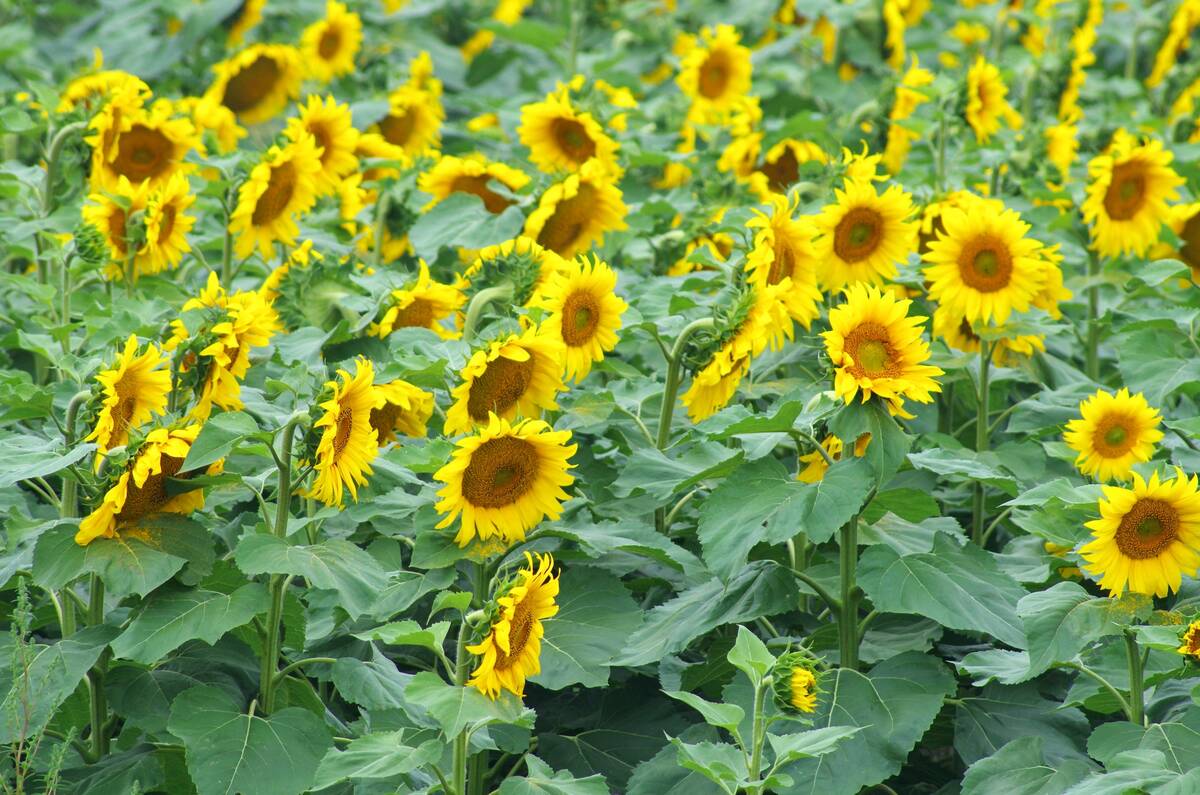SHELL LAKE, Sask. – Eight forges flame, lined up on the rolling acres at the edge of Saskatchewan’s northern parkland.
The beat of a blacksmith’s hammer is a metronome linking prairie people to a slower-paced era.
A small crowd gathers.
“People are always amazed when they see how raw steel can be formed before their eyes into things they can recognize and use,” says Hubert Smith, a Marcelin, Sask., farmer and part-time blacksmith.
Summer Forge and Fun is an annual blacksmiths’ conference held at Shell Lake, Sask. Blacksmiths from across the pro-vince meet, share experiences and show off their skills to the public.
Read Also

Made-in-Manitoba sunflower hybrid heads to market
Glacier FarmMedia – Manitoba’s confection sunflower growers will have a new seed option next spring that was developed specifically to…
This year a dozen blacksmiths fan the flames of their forges. They use time honored skills to convince – rather than force – metal to change its shape and characteristics.
“There are more blacksmiths practicing the art today than there were in the 1950s and 1960s,” says Saskatchewan Blacksmiths’ Guild president Murray Stachura, a Saskatoon welder and metal worker.
“Many of us would like to make a living at it but few ever do.”
The spell woven by the chink of steel on steel and the smell of hot metal is broken by golf carts passing through the edge of town.
But it takes more than the occasional errant tee shot from nearby fairways to dispell the power of aromatic fresh-baked bread.
A new clay oven has been built by guild members and the local museum board. It draws as many onlookers as the forges do. Like those of the pioneers who settled the northern grain belt, the oven produces homemade bread from farm-ground flour.
On this weekend the oven makes money for the museum so it can keep the memories alive of those pioneers who first baked the bread and formed the steel that broke the land.














